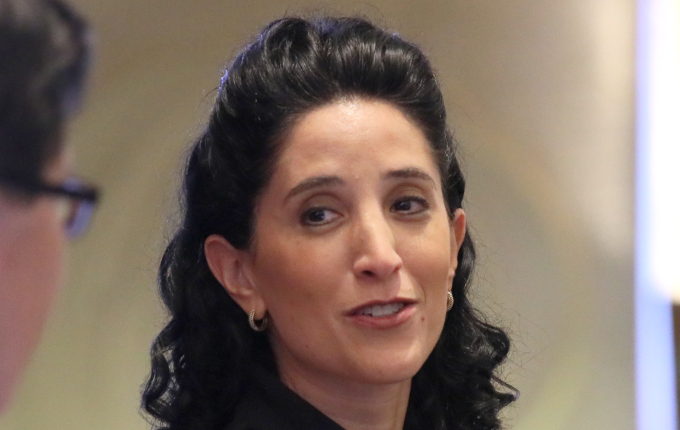Investing in alternatives under a total portfolio approach is very different than when building a standalone alternative portfolio, Tammi Fisher says. In September 2021, the Future Fund declared that the world as we knew it then had fundamentally changed. It wasn’t just the COVID-19 pandemic that caused these changes, although it certainly played an important […]
Register to Access this Exclusive [i3] Insights Article
Create a free account to access exclusive interviews with asset owners, revealing insights on investment strategies, market trends, and portfolio allocations.
If you already have an account you can Login .
If you have any issues registering an account please send us an email at [email protected].

